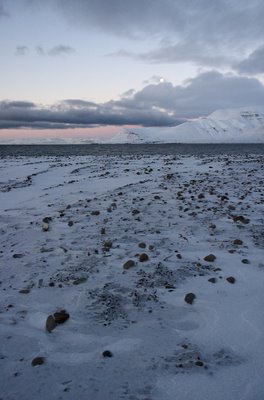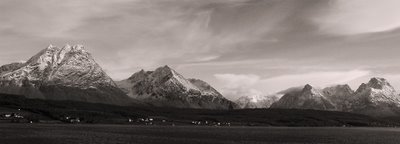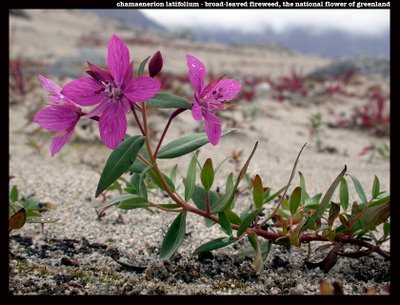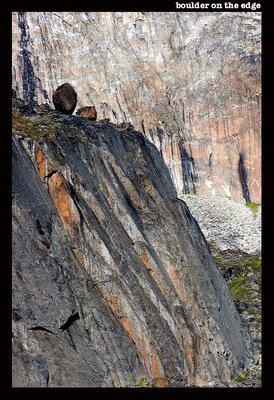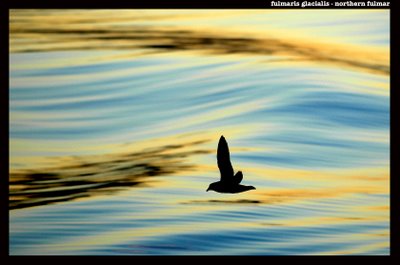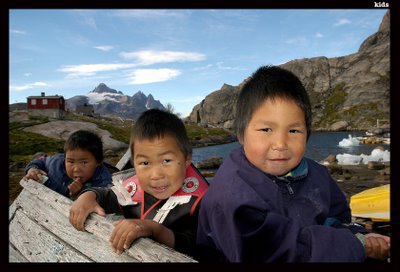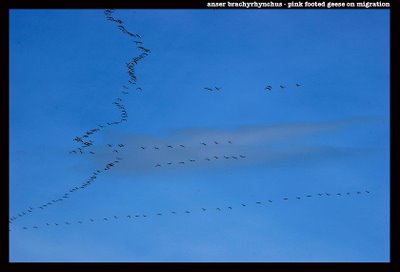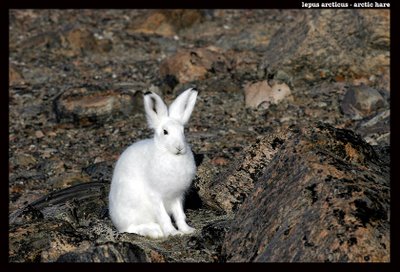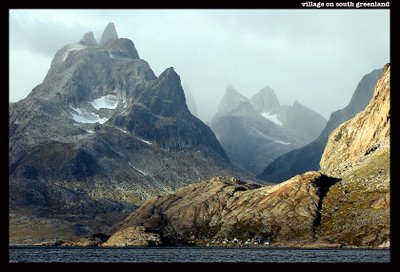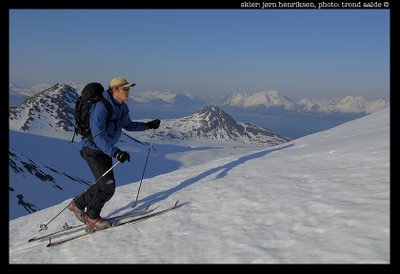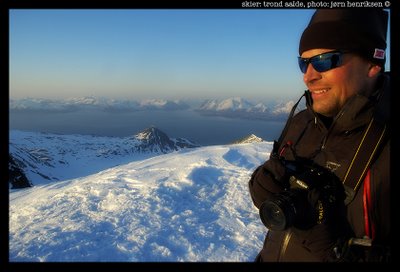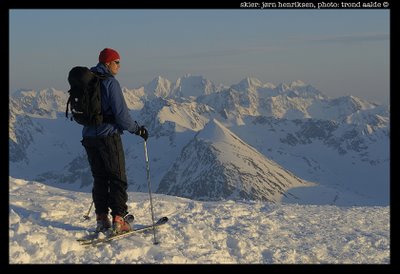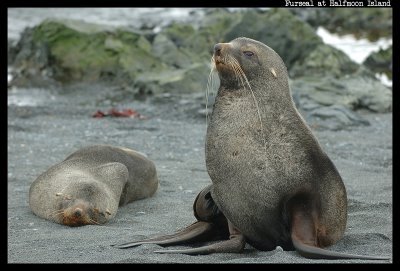

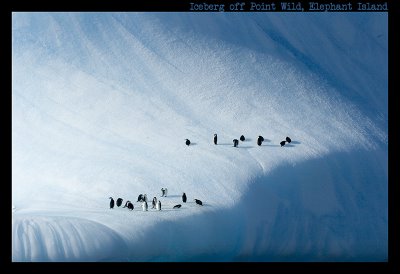
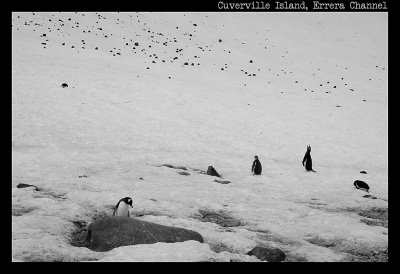


The last expedition with Polar Star to Antarctica was a full time charter with a Toronto based company called Fathom Expeditions. Our 12-day itinery took us to Elephand Island, Danger Islands, Paulet Island, Snow Hill Island, Devil Island, King George Island, Cuverville Island, Paradise Harbour, Danco Island, Petermann Island, Port Lockroy, Neko Harbour, Cierva Cove and Deception Island. These places would we known to seasoned Antarctic guides – I just list them up here because I think these names contains a certain athmosphere themselves.
However, Antarctica again showed all her sides; howling winds in the Weddel Sea, making it impossible to land on Heroina Island, flatt calm and super in amongst the South Shetlands the day after, reflections – double of everything as we sailed north the Neumayer Channel and big waves again coming north the Bransfield Strait towards Deception Island at the end. Smooth crossing of the Drake Passage both ways!
People often ask me; …what do you prefer; the arctic of the antarctic?
I often answer; …don´t be unfair to me – I grew up and have a special relationship to the arctic, it´s my home. On the other hand, Antarctica is beyond words…
Have a great time wherever you are in the world – and remember – all the penguins in down here depend on YOU!!






